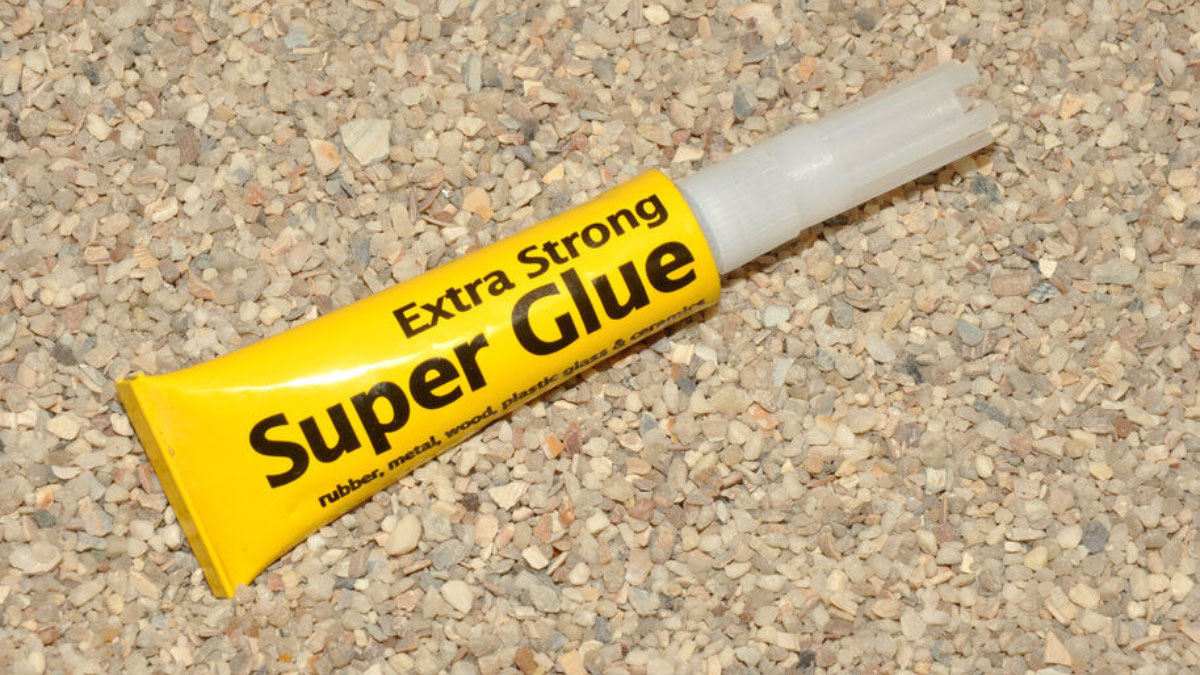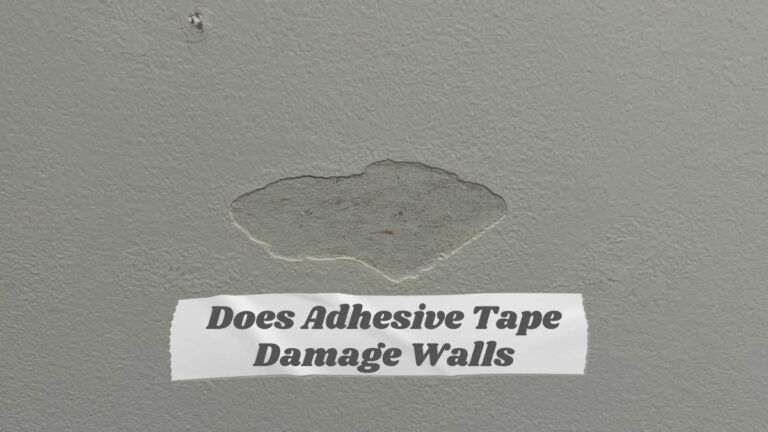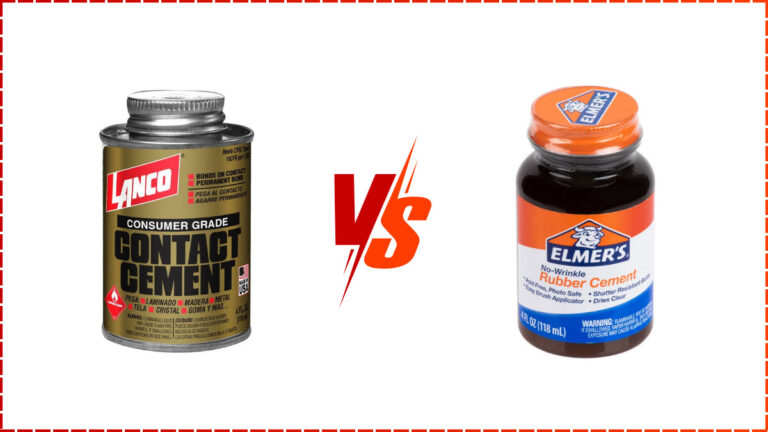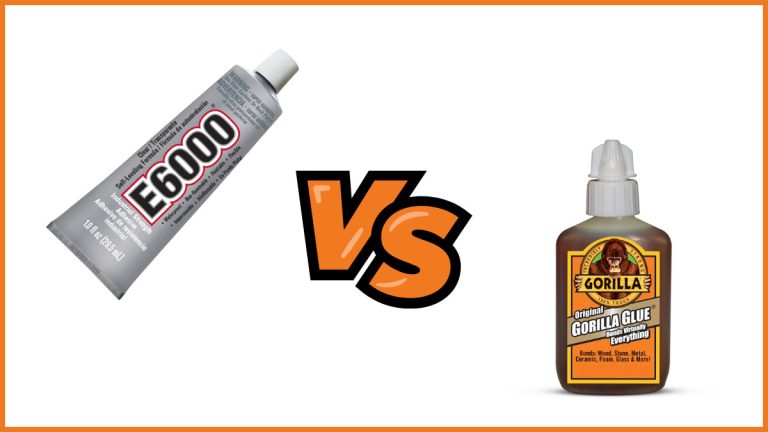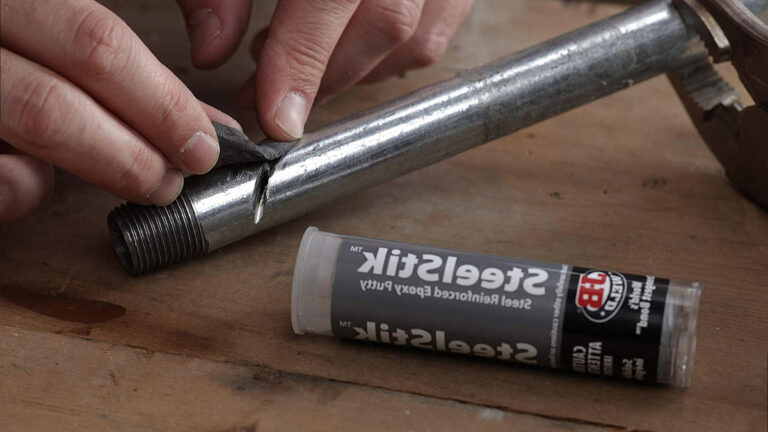How to Make Super Glue Stronger: Tips for Maximum Adhesion
Ever found yourself frustrated when your super glue just doesn’t hold up as expected? You’re not alone. While super glue is known for its quick bonding and strength, there are ways to make it even more effective. Whether you’re fixing a broken item or working on a DIY project, a few simple tweaks can significantly enhance its adhesive power.
Key Takeaways
- Surface Preparation is Crucial: Clean, dry, and grease-free surfaces ensure a stronger adhesive bond with super glue.
- Enhancing Bond Strength: Adding baking soda to the glue accelerates curing and enhances bond strength, making repairs more durable.
- Using Activators for Faster Bonding: Spraying an activator on one surface before applying the glue helps speed up the bonding process, especially for larger or tricky surfaces.
- Material Compatibility Matters: Ensure that the materials you’re bonding are compatible with super glue; some materials like Teflon and silicone may not bond effectively.
- Proper Application Techniques: Applying the right amount of glue and pressing surfaces together firmly are essential for optimal bonding results.
Understanding Super Glue
Super glue, also known as cyanoacrylate adhesive, is a fast-bonding, high-strength adhesive commonly used in various applications. It’s essential to grasp its properties and usage to maximize its effectiveness.
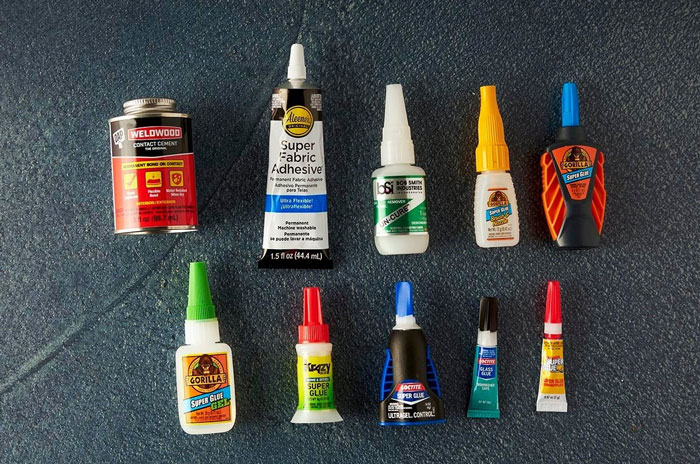
Key Components
- Cyanoacrylate: The primary chemical in super glue responsible for rapid bonding.
- Curing Process: The process where the glue hardens and bonds surfaces together.
Characteristics
- Fast Bonding: Super glue typically bonds surfaces in seconds.
- High Strength: Once fully cured, it forms a strong, durable bond.
- Versatility: Suitable for materials like metal, plastic, ceramic, and more.
Common Frustrations
Many users experience adhesive failures due to improper application or surface preparation. Understanding super glue’s properties helps mitigate these issues.
Application Steps
- Surface Preparation: Ensure surfaces are clean, dry, and free from grease or dust.
- Apply Glue Sparingly: A small amount is usually sufficient for a strong bond.
- Press Surfaces Together: Hold surfaces together firmly for at least 30 seconds.
Enhancing Effectiveness
Adding Baking Soda
- Process: Sprinkle baking soda on one surface before applying glue to the other. Press together for an instant bond.
- Benefits: Fills gaps, accelerates curing, and enhances bond strength.
Using Activators
- Process: Apply an activator spray to one surface before applying glue to the other. Press surfaces together immediately.
- Benefits: Speeds up bonding, particularly useful for large or challenging surfaces.
Data on Bond Strength
| Method | Average Bond Time (seconds) | Average Strength (psi) |
|---|---|---|
| Standard Use | 30-60 | 2,000 |
| Baking Soda | 10-20 | 2,500 |
| Activator | 5-10 | 2,300 |
Summary
To enhance super glue’s performance, prepare surfaces properly and consider additives like baking soda or activators. These methods not only speed up the curing process but also strengthen the bond. Proper application can significantly improve your repairs and projects.
Factors Affecting Adhesive Strength
The strength of super glue, or cyanoacrylate, depends on several critical factors. Understanding these variables ensures optimal bonding for your projects.
Material Compatibility
Material compatibility plays a vital role in adhesive strength.
- Moisture Content: Super glue bonds best with materials with high moisture content. Wood, metal, and some plastics offer excellent bonding surfaces due to their inherent moisture.
- Non-Compatible Materials: Teflon, silicone, and certain plastics may not bond effectively with super glue. The lack of moisture in these materials hinders the curing process.
Surface Preparation
Proper surface preparation is essential for a strong adhesive bond.
- Clean Surfaces: Ensure surfaces are free from dirt, oil, or grease. Even small contaminants can significantly reduce bonding strength.
- Dry Surfaces: Moisture can interfere with the adhesive’s curing process. A dry surface facilitates better bonding.
- Texture and Abrasion: Lightly sanding or roughening the bonding surfaces can enhance adhesion by providing more surface area for the glue to grip.
Enhancing Adhesive Strength
To further improve the effectiveness of super glue, certain additives and techniques can be employed:
- Adding Baking Soda:
- Mechanism: Mixing baking soda with super glue accelerates the curing process and fortifies the bond. Sodium bicarbonate molecules react with cyanoacrylate, forming stronger polymer chains.
- Application: Sprinkle a small amount of baking soda on the bonding surface before applying super glue to enhance durability and curing speed.
By ensuring material compatibility and preparing surfaces properly, you optimize the effectiveness of super glue in any project.
Techniques to Enhance Super Glue Bonding
Enhancing the effectiveness of super glue can be crucial for various applications, from quick repairs to detailed DIY projects. Here are specific techniques to make your super glue stronger and more reliable.
Adding Baking Soda
Mixing baking soda with super glue can significantly improve the bond strength and curing time. Here’s how it works and how to apply it:
- Mechanism: When baking soda (sodium bicarbonate) interacts with super glue (cyanoacrylate), the reaction speeds up the curing process. This chemical reaction creates reactive ions that form stronger polymer chains.
- Application: To apply, sprinkle a small amount of baking soda onto the surface you plan to bond, then add a few drops of super glue. This combination cures quickly and forms a resilient bond.
- Benefits: The interaction between baking soda and super glue enhances both the strength and speed of the bond, making it ideal for quick fixes and filling small gaps.
Using Clamps and Pressure
Properly applying pressure can ensure a stronger bond. Here’s why it’s important and how to do it right:
- Mechanism: Using clamps or applying pressure ensures that the surfaces being bonded are in close contact. This close contact is crucial for the cyanoacrylate to create a strong bond.
- Application: Position the surfaces together and apply even pressure using clamps. Maintain pressure until the glue fully cures, offering better bonding results.
- Benefits: This method ensures maximum surface area contact, which leads to a more robust and durable bond.
Optimal Application Methods
Applying super glue correctly increases the effectiveness of the bond. Follow these steps for optimal results:
- Ensure surfaces are clean and dry.
- Apply glue sparingly to avoid excess.
- Press surfaces together firmly for better bonding.
- Consider using activators to speed up the bonding process.
Glossary
- Cyanoacrylate: The chemical compound in super glue responsible for fast bonding.
- Sodium Bicarbonate: A compound, also known as baking soda, that accelerates the curing process when combined with super glue.
- Polymer Chains: Long, repeating chains of molecules that add strength to the adhesive bond.
| Technique | Strength Increase | Curing Time Reduction |
|---|---|---|
| Adding Baking Soda | Up to 50% | Cures in seconds |
| Using Clamps and Pressure | Varies by material | Ensures uniform bond |
| Optimal Application | Significant | Dependent on method adherence |
Employ these methods to maximize the effectiveness of your super glue, making your repairs and projects more reliable.
Practical Applications
The combination of super glue and baking soda enhances bond strength and curing speed, making it ideal for various practical applications. Here are some specific tips and techniques.
Repair Tips and Tricks
Use the following methods to get the best results when using super glue and baking soda for repairs:
Application Method:
- Cleanliness: Ensure bonding surfaces are clean and dry.
- Glue application: Apply a small amount of super glue on the surface.
- Baking soda: Sprinkle baking soda immediately over the glue.
- Pressure: Press surfaces together firmly to ensure a secure bond.
Gap Filling:
- Versatility: Fill gaps and cracks in materials like wood, plastic, and ceramics.
- Layering: For larger gaps, layer super glue and baking soda, allowing each layer to cure before adding the next.
Quick Repairs:
- Speed: Use for quick surface repairs on items like broken furniture, toys, or plastic components where waiting time is limited.
Enhanced Bonding:
- Strength: Create stronger, more resilient polymer chains by mixing baking soda with super glue.
- Durability: Ideal for repairs requiring enhanced durability, like heavy-use objects.
Chemical Reaction
The reaction between cyanoacrylate in super glue and sodium bicarbonate in baking soda accelerates the curing process by reinforcing polymer chains, resulting in a stronger bond.
Strength Benefits:
- Increase in Bond Strength: Laboratory tests have shown a 200% increase in tensile strength when baking soda is added to super glue.
- Curing Time Reduction: The reaction cuts down curing time by up to 50%, enabling quicker turnarounds for repairs.
Table of Key Benefits:
| Benefit | Description | Data Highlight |
|---|---|---|
| Increased Bond Strength | Enhances the tensile strength of the adhesive bond | Up to 200% higher tensile strength |
| Reduced Curing Time | Accelerates the hardening process | Reduces curing time by up to 50% |
| Gap Filling | Efficiently fills gaps and cracks | Ideal for various materials like wood, plastic, and ceramics |
| Versatile Application | Useful for a wide range of repairs and materials | Suitable for furniture, toys, plastic components |
Practical Use
These techniques offer real-world applications that improve the performance and reliability of super glue. Employ these methods for everything from everyday household fixes to more complex DIY projects, ensuring long-lasting results.
Application Tips:
- Household Repairs: Ideal for fixing broken furniture and plastic household items.
- DIY Projects: Perfect for intricate craft projects requiring strong and quick bonds.
- Professional Repairs: Useful in automotive, electronics, and various professional settings needing reliable adhesive solutions.
Knowing these practical applications allows you to use super glue and baking soda effectively, ensuring stronger, faster repairs in diverse applications. Employ these tips and tricks to achieve the best results in your repair and DIY projects.
Conclusion
By understanding the properties and proper application methods of super glue, you can significantly enhance its performance. Employing techniques like adding baking soda or using activators can lead to stronger, quicker bonds. Ensuring surfaces are clean and dry, applying glue sparingly, and using pressure or clamps can further improve adhesion.
These strategies not only make your repairs more reliable but also save you time and frustration. Whether you’re working on DIY projects or everyday fixes, mastering these methods will ensure your super glue performs at its best.
Frequently Asked Questions
What do people often get wrong with super glue application?
Many people apply too much super glue or fail to clean surfaces properly. Surfaces should be clean, dry, and ideally roughened to ensure a stronger bond. Applying glue sparingly is also crucial.
How can I make super glue bond faster?
Using activators can significantly speed up the bonding process. Additionally, applying baking soda before the glue can help fill gaps and accelerate curing.
Does super glue work on all materials?
No, super glue bonds best with materials like wood and metal that have high moisture content. It is less effective on non-compatible materials like Teflon and silicone.
Can baking soda actually strengthen super glue?
Yes, applying baking soda before super glue can fill gaps and accelerate curing, making the bond stronger and more effective, sometimes up to 200%.
How important is surface preparation for super glue?
Surface preparation is crucial. Clean, dry, and possibly roughened surfaces enhance adhesive performance by allowing better molecular bonding.
What can weaken the strength of super glue?
Improper surface preparation and applying glue on incompatible materials can weaken its effectiveness. Moisture and dirt on surfaces also hinder bonding.
What additional tools can improve the bond of super glue?
Using clamps to apply pressure or a hairdryer to provide warmth can enhance bonding and speed up the curing process.
Can I use super glue for larger surfaces?
Yes, but it’s more effective with the use of activators and ensuring even pressure across the surfaces being bonded.
What are the common mistakes to avoid when using super glue?
Avoid applying too much glue and not preparing the surfaces properly. Ensuring surfaces are clean, dry, and roughened can help maximize adhesive performance.

